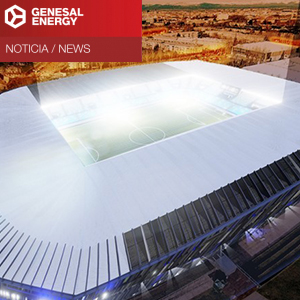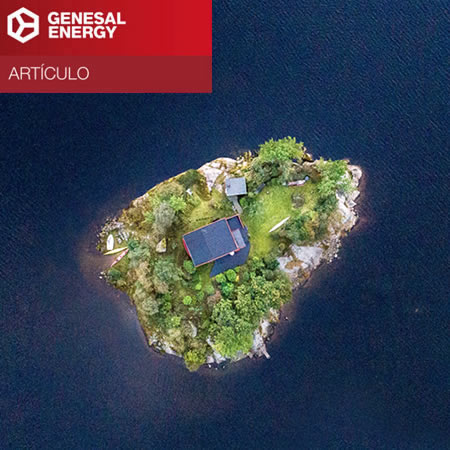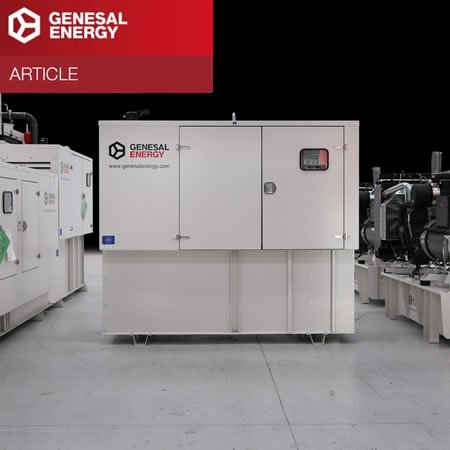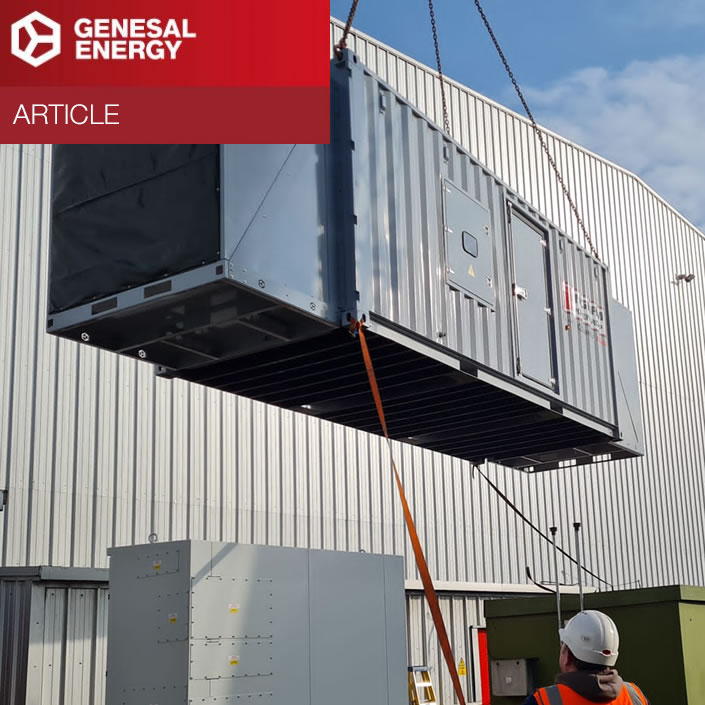 https://genesalenergy.com/en/wp-content/uploads/sites/5/2024/05/GE-thumbnail-estadios-300x300-1.jpg
300
300
Gestor
https://genesalenergy.com/wp-content/uploads/2023/12/genesal-grupos-electrogenos-logo.svg
Gestor2024-05-02 08:59:212024-06-27 07:19:18We light up stadiums
https://genesalenergy.com/en/wp-content/uploads/sites/5/2024/05/GE-thumbnail-estadios-300x300-1.jpg
300
300
Gestor
https://genesalenergy.com/wp-content/uploads/2023/12/genesal-grupos-electrogenos-logo.svg
Gestor2024-05-02 08:59:212024-06-27 07:19:18We light up stadiumsAt Genesal Energy we install our equipment
1. Transport and unloading: the indicators
Genesal Energy generator sets are designed in such a way that transport, loading and unloading tasks are carried out easily and safely. For this purpose, the stationary or open gensets are equipped with openings in the base frame to be lifted by a sling. Likewise, open gensets up to 550 kVA are prepared to be lifted by means of a forklift truck.
The soundproofed generators are equipped with eyebolts on the top of the canopies to enable them to be lifted. Depending on the size, they can be moved with a forklift, as they have legs that raise the cabin from the floor and allow the forks to be inserted.
In all cases, the lifting mechanisms and tools are equipped with the necessary safety measures.
A good equilibrium of weights is key for the loading, transport and unloading maneuvers to be carried out successfully.
Loading and unloading tasks are carried out easily and safely.
2. Floor: how should the equipment be anchored?
Certifying that the ground on which the generator is going to work is firm enough to support its weight is the most important thing at this stage.
Once this test has been passed, the simplest way to fix the generator is with bolts that will be placed on the base of the generator or on the supports/legs. It is necessary to check that the equipment is well levelled and that the support areas are flat faces with respect to the ground; otherwise an increase in the vibrations of the equipment may occur.
The simplest way to fix the generator is with bolts that will be placed on the base of the generator or on the supports/legs.
3. GOOD VENTILATION
In indoor installations, both stationary and soundproof units require a good ventilation for cooling and combustion.
The ideal air speed should be 7 m/s or less.
To calculate the required ventilation flow rate, the below details must be added together:
- Engine combustion flow.
- Engine cooling air flow.
- Alternator cooling air flow.
The ideal air speed should be 7 m/s or less.
It is of vital importance to have separate air inlet and outlets to prevent the hot air expelled by the motor fan from recirculating and heating the genset, as this might cause the unit to shut down due to high temperatures.
In the case of soundproof gensets, the air inlet and outlet louvres are sized in relation to the air flow requirements, as well as the optimum air speed.
It is not appropriate to place the generator set so that the radiator is located on the same wall as the air inlet, as this would favor the recirculation of hot air into the room, generating overheating. As a general rule, it is recommended that the passage of air, both in the air inlet and outlet, be 25% greater than the flow/area that the generator set needs.
Likewise, we must not forget about the sizing of the louvers and the control of the air inlet temperature – the air temperature must not exceed 40 °C to prevent the generator from suffering a power derating.
However, there are cases where the air cannot directly access through any exterior wall, either because it does not exist or because the exterior walls cannot be opened. In these cases, a solution could be forced ventilation. Ventilation can be forced for both intake and exhaust air; the first one means supplying air to the room, and the second one means extracting it. In both situations an air duct with internal fans and with sufficient capacity to drive or expel the air flow required by the generator would be installed.
In the case of forced air intake ventilation, it is recommended to take the duct to the alternator area. It is also possible to install a remote radiator or exchanger for engine cooling (remote cooling).
4. Anti-vibration elements
Due to their own movement, generator sets produce vibrations which, if not minimized, can be transmitted to the environment in which they are located, generating noise and damage to the structures that support them.
To avoid this, anti-vibration elements that are capable of absorbing most of the vibrations must be installed.
All Genesal units include anti-vibration pads integrated between the engine-alternator assembly and the base frame.
For installations where this point is critical, there are additional elements such as springs, elastic materials (e.g. Sylomer) which complement and increase the action of the anti-vibration blocks.
5. Soundproofing
Although we cannot act on the noise produced by the generator itself, it is possible to isolate the machine to mitigate it.
The noise generated by a generator set is the product of the mechanical vibration and movement of the different parts of the equipment.
Although in many cases we cannot act on the noise produced by the generator itself, it is possible to isolate the machine to mitigate it. How? Through the walls of the room where it is housed or through the air inlets and outlets by placing different obstacles for the cooling air flow.
In hospitals or residential areas, the noise of the generator set is a big problem that needs to be solved and, in such cases, Genesal Energy uses and designs accessories to achieve maximum soundproofing. These are:
- Sound-absorbing material on the walls of the room.
- Soundproofing baffles for air inlet and outlet.
- Critical exhaust silencers.
- Double layer of sound-absorbing material in the canopies.
- Air passage traps.
6. Exhaust system
In order to conduct the exhaust gases produced by the engine, in addition to attenuating the noise produced, an exhaust gas silencer is usually installed.
Also, depending on where the exhaust gases are to be discharged, it may be necessary to install long ducts (chimneys). Genesal’s engineering department will calculate the ideal dimensions of these ducts to ensure the correct operation of the machine.














